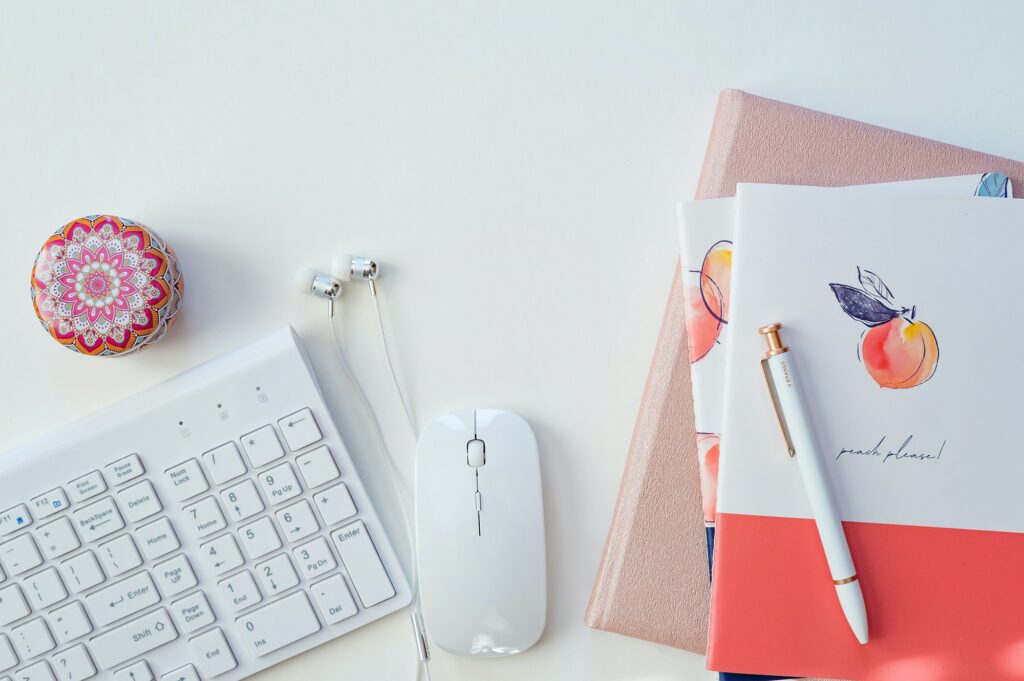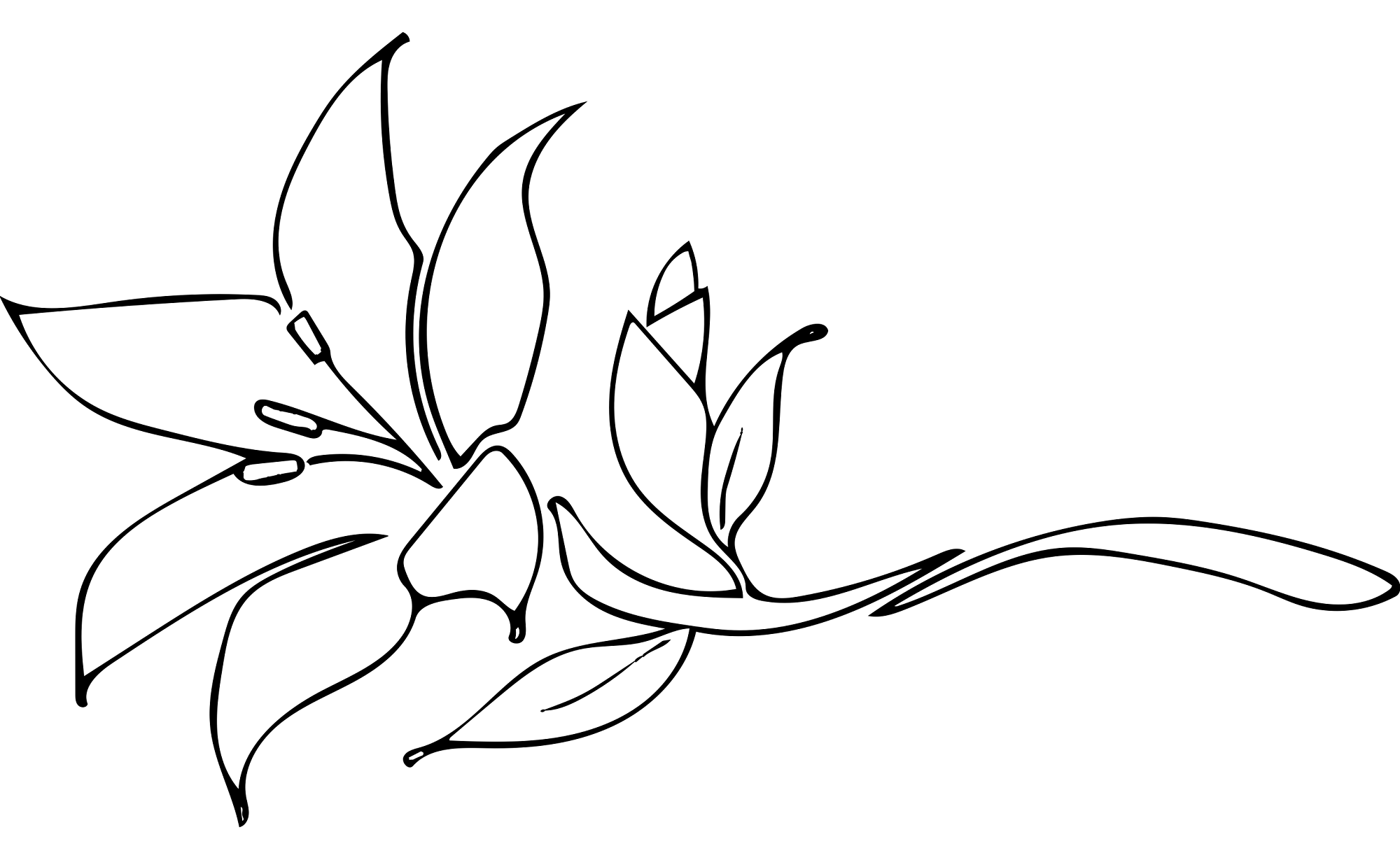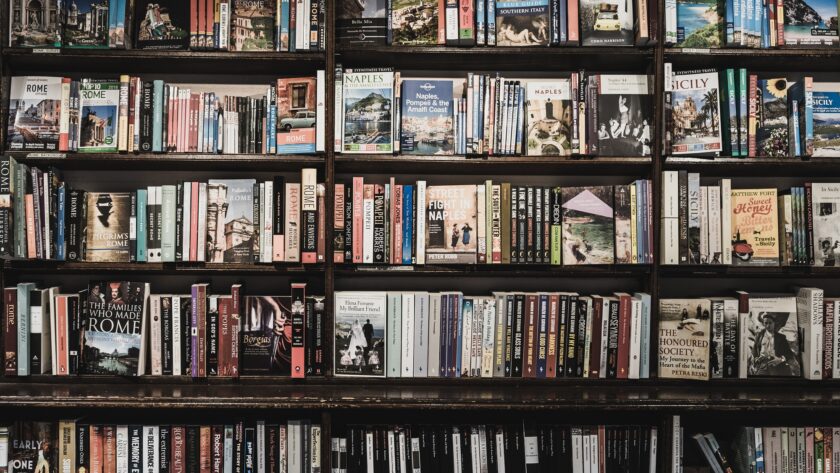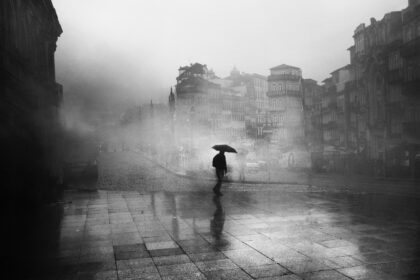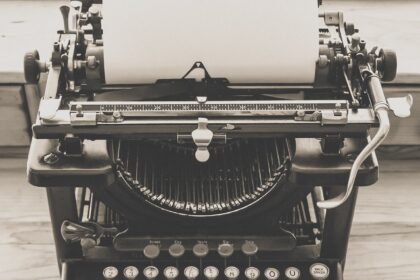My fascination with writing started at an early age, but I didn’t realize the quirky personalities and habits associated with the profession until high school. If you read (most) biographies about writers, they have unusual creative methods to capture a moment with beautifully strung words. Any nice writing teacher will tell students that anyone can write, but honestly, only a few actually relish it.
For example, Dolly Parton loves writing for her music and recently co-authored a book with James Patterson. She said that “I’m a creative writer, and the spirit has to hit me on what I’m going to write about.” Other writers, such as Truman Capote (author of Breakfast at Tiffany’s) liked to write while lying down, while Philip Roth walked around while writing. Stephen King tries to write 6 pages a day. Some writers have to wake up during the night to write down their unexpected spurts of creativity.
While not everyone may enjoy writing as a profession, I think our lives parallel those of novels. After all, each day is like another page written in our books. To take this analogy one step further, imagine what your life would look like in book form. Literally.
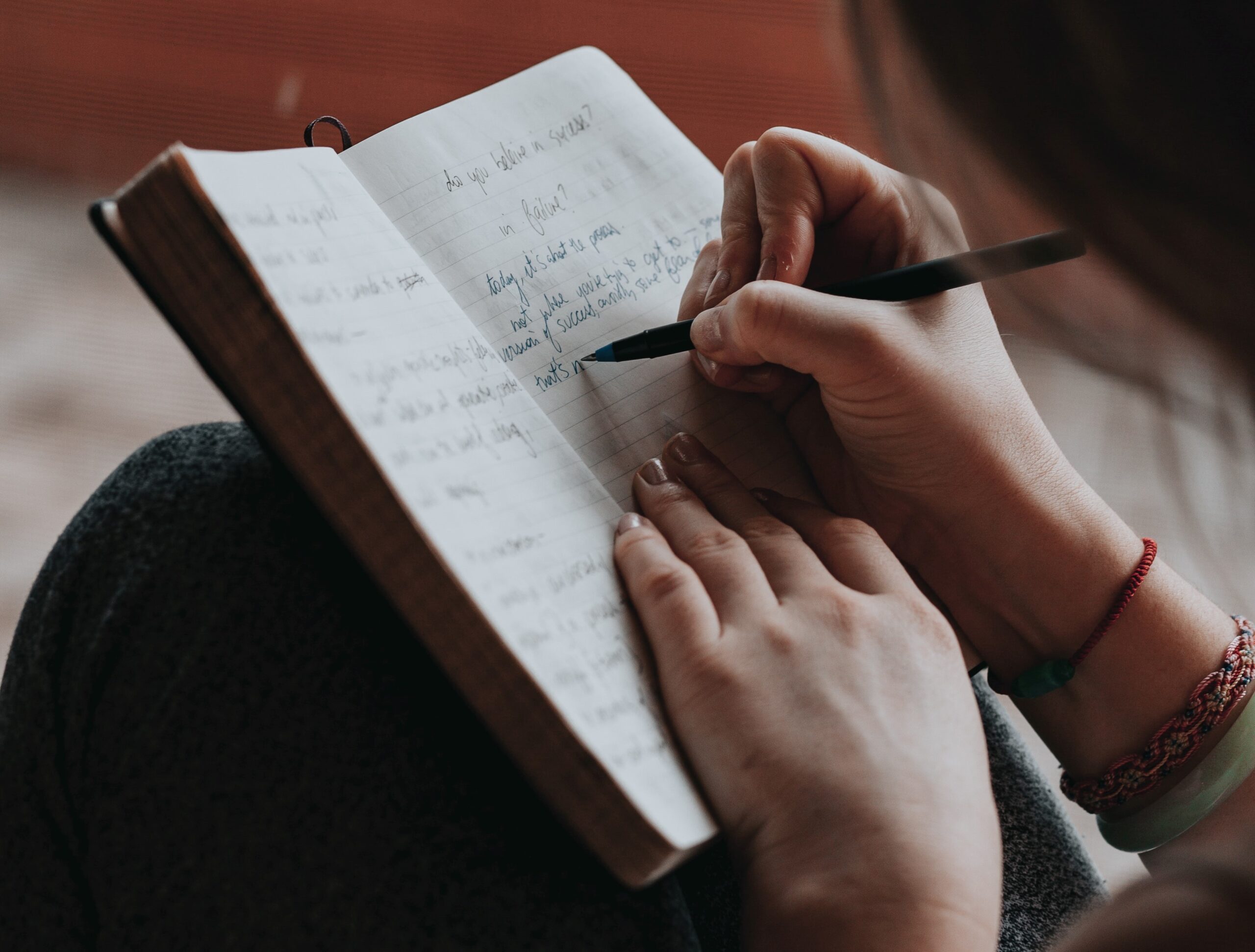
Would you be a small journal or a giant tome? A comic book with torn pages or an original journal in a library bookcase?
Some people live like their books are the hardbacks that crack at the spine every time they’re opened. Others are timid, still smelling of fresh ink and sharp paper from rarely opening up. Some people wear their lives, emotions and heart on their sleeves, easily comparable to a picture book or children’s story. Some people thrive on academics, their minds sequential entries like that of a dictionary or encyclopedia. We all start devoid of marks, writing, or drawings on our pages, but each day brings a new edit to our lives. Almost like the author himself determines what each line will hold.
I relate more to the small, durable books that have deceptively simple exteriors. Some entries are handwritten, others methodically typed out, all varied in length. I’d be a mix between novel and journal, abstract scrawling of moments that matter to me and long-winded thought processes. It’d be placed somewhere like the alcove Emily Dickinson used during her creative career: small, filled with light, and designed to handle creative expression.
No matter how often we move towards a technology-based world, I have no fear of books, journals, or writing materials becoming extinct. It’s comforting to see creative processes and self-expression captured on a note pad or through a few meaningful words. I have no idea if famous creatives or writers have special places or journals they like to write with, but I know Leonardo da Vinci and Ernest Hemingway could be worth emulating. Stay hopeful about your story being written and treasure its casing, because every line is worth it.
